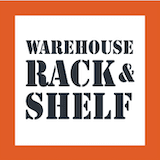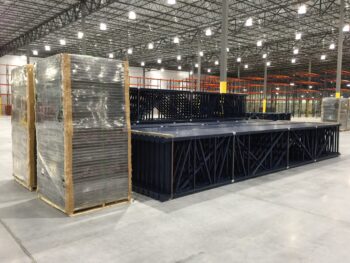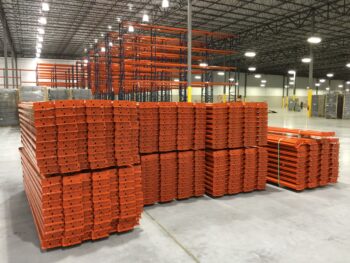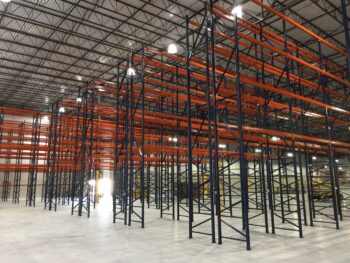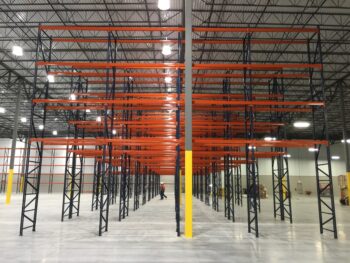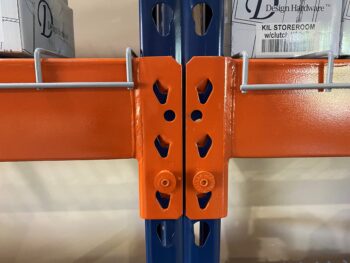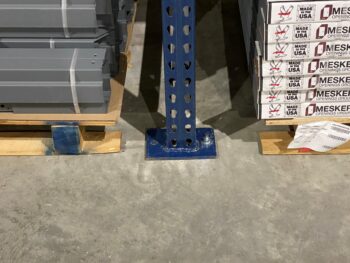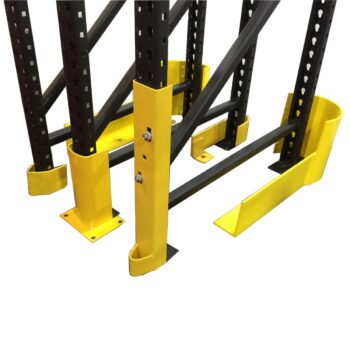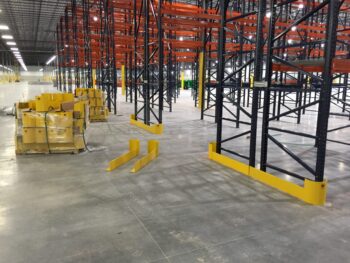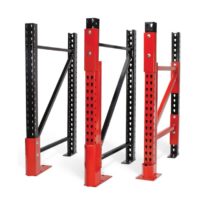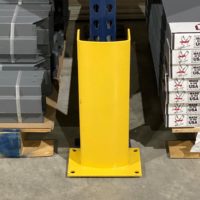Seismic Pallet Rack Engineering Prevents Pallet Rack Collapse & Injury Due to Earthquakes
Seismic pallet rack Engineering goes a long way in preventing pallet rack collapse and injury due to earthquakes. When purchasing pallet racks from Warehouse Rack & Shelf, LLC you can have confidence that it will meet the seismic codes. We can provide a free seismic analysis and pre-calcs on the new pallet rack we quote … Continue reading Seismic Pallet Rack Engineering Prevents Pallet Rack Collapse & Injury Due to Earthquakes
Seismic pallet rack Engineering goes a long way in preventing pallet rack collapse and injury due to earthquakes. When purchasing pallet racks from Warehouse Rack & Shelf, LLC you can have confidence that it will meet the seismic codes. We can provide a free seismic analysis and pre-calcs on the new pallet rack we quote so you can be sure it meets the seismic codes in your specific municipality. If you want to go a step further, we can sell you PE stamped calculations on the rack that you will need to pull a permit.
We’ve had customers request non-seismic pallet rack when installing it in a seismic zone and that is a big risk. If the local building officials catch you, they will put a yellow tape around the rack and tell you that you cannot use it. That is a costly mistake. Pallet rack that is seismically designed to withstand the forces of an earthquake not only protects the company but the warehouse workers who must work in the rack on a daily basis. It’s all about safety – protecting your company and its employees.
Seismic pallet rack engineering is a specialized field that focuses on designing and implementing pallet rack systems in such a way that they can withstand seismic activity, such as earthquakes, without collapsing. Pallet racks are commonly used in warehouses and storage facilities to store goods and materials on pallets, and ensuring their stability during seismic events is crucial for worker safety and the protection of inventory.
Here are some key aspects of seismic pallet rack engineering:
- Regulatory Compliance: Many regions, especially those prone to earthquakes, have building codes and regulations that require businesses to install pallet rack systems that are designed to withstand seismic forces. Seismic pallet rack engineering ensures compliance with these regulations.
- Site Assessment: Before designing a seismic-resistant pallet rack system, engineers conduct a site assessment to determine the specific seismic hazards and ground conditions at the location. This assessment helps in understanding the level of seismic risk and designing racks accordingly.
- Rack Design: Engineers use various design techniques and software tools to create pallet rack configurations that can absorb and dissipate seismic forces. These designs often incorporate features such as bracing, anchoring, and heavier gauge steel components to enhance stability.
- Anchoring Systems: Proper anchoring of pallet racks to the floor is crucial in preventing rack collapse during an earthquake. Engineers select appropriate anchor types and spacing based on the site’s seismic zone and the specific rack design.
- Rack Load Capacity: Seismic pallet rack engineering takes into account the dynamic loads that occur during an earthquake. Engineers ensure that the racks can safely support the intended load, even during seismic events.
- Rack Inspection and Maintenance: Regular inspection and maintenance of pallet rack systems are essential to identify any damage or issues that may compromise their seismic resistance. Properly maintained racks are more likely to perform as designed during an earthquake.
- Employee Training: Ensuring that employees are trained on safety procedures during seismic events is also a critical aspect of seismic pallet rack engineering. Employees should know how to respond during an earthquake to minimize injury risks.
- Documentation: Detailed documentation of the seismic pallet rack engineering process, including design calculations, load capacity data, and maintenance records, should be maintained to demonstrate compliance with regulatory requirements.
- Seismic Bracing & Enlarge Footplates: Engineers may incorporate seismic bracing and enlarged footplates into the design of the pallet rack upright frames to provide additional stability during an earthquake. These bracing systems and enlarged footplates help distribute seismic forces and prevent rack sway or collapse.
- Emergency Response Plans: Businesses should develop and communicate emergency response plans that include procedures for evacuating the facility and addressing any damage or hazards resulting from seismic events.
In summary, seismic pallet rack engineering is a crucial discipline for businesses operating in earthquake-prone areas. It involves designing, installing, and maintaining pallet rack systems that can withstand seismic forces, thus reducing the risk of rack collapse, injuries, and inventory loss during earthquakes. Compliance with local building codes and regulations is essential, and working with experienced engineers and rack installation professionals is highly recommended to ensure the safety and reliability of the system.
